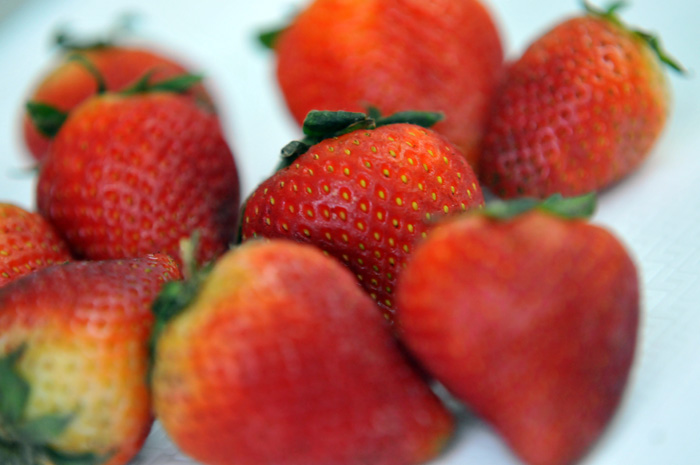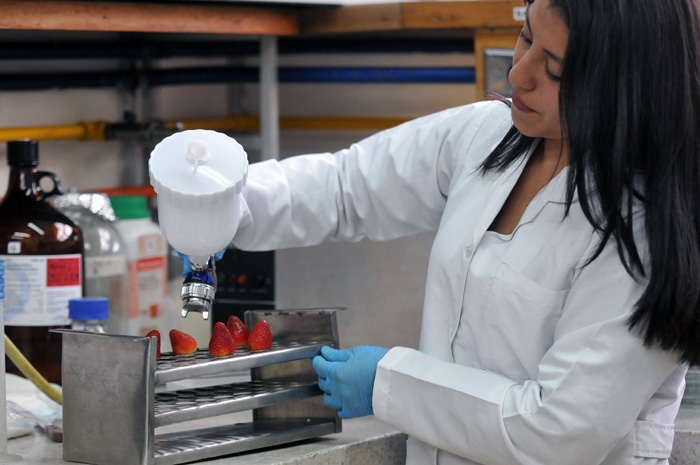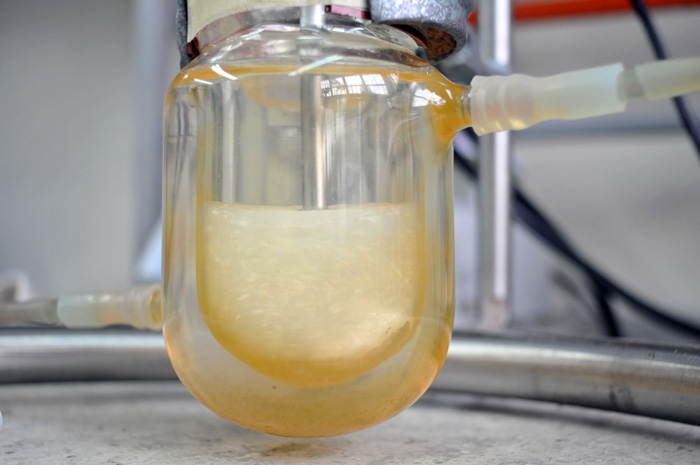Fruits such as strawberry, gooseberry, pineapple guava, and azara have been tested, using edible layers that do not alter the physicochemical properties and that can be complemented with nutrients and vitamins that improve their capacity.
"We developed these layers from natural polymers that come from animals such as cows (jelly) or bee wax, and from vegetables such as starch or peptina," explained Nestor Algeciras, from the Biotechnology Institute of Universidad Nacional de Colombia.
Based on the test performed at the institute and the supervision of the food recovered with the substance, the researchers created an edible membrane which is based on yucca starch that reduces the effect of time on products used for fresh consumption.
"What we do is creating a film, characterizing its mechanical, thermal and permeability properties. Then we apply it on the fruits and then we compare those fruits with others that do not have the layer. We study the reactions to see how the physicochemical properties (color, acidity, texture) evolve. The tests are performed in normal environmental conditions and in refrigeration, so real qualities can be observed," asserted Algeciras.
When mixing the special additives, they provide flexibility and resistance properties. The results proved an increase of the useful life of the food, the reduction of humidity loss and fungi presence, as well as the color changes during ripening.
After signing the FTA with USA, scientists expect to create new characteristics that improve the edible layers in fresh fruits and dehydrated food, cereal bars with fruits, snacks, among others.
For reading the complete article, please visit
http://www.unperiodico.unal.edu.co/dper/article/frutas-con-envolturas-comestibles/index.html
 Correo Electrónico
Correo Electrónico
 DNINFOA - SIA
DNINFOA - SIA
 Bibliotecas
Bibliotecas
 Convocatorias
Convocatorias
 Identidad UNAL
Identidad UNAL





